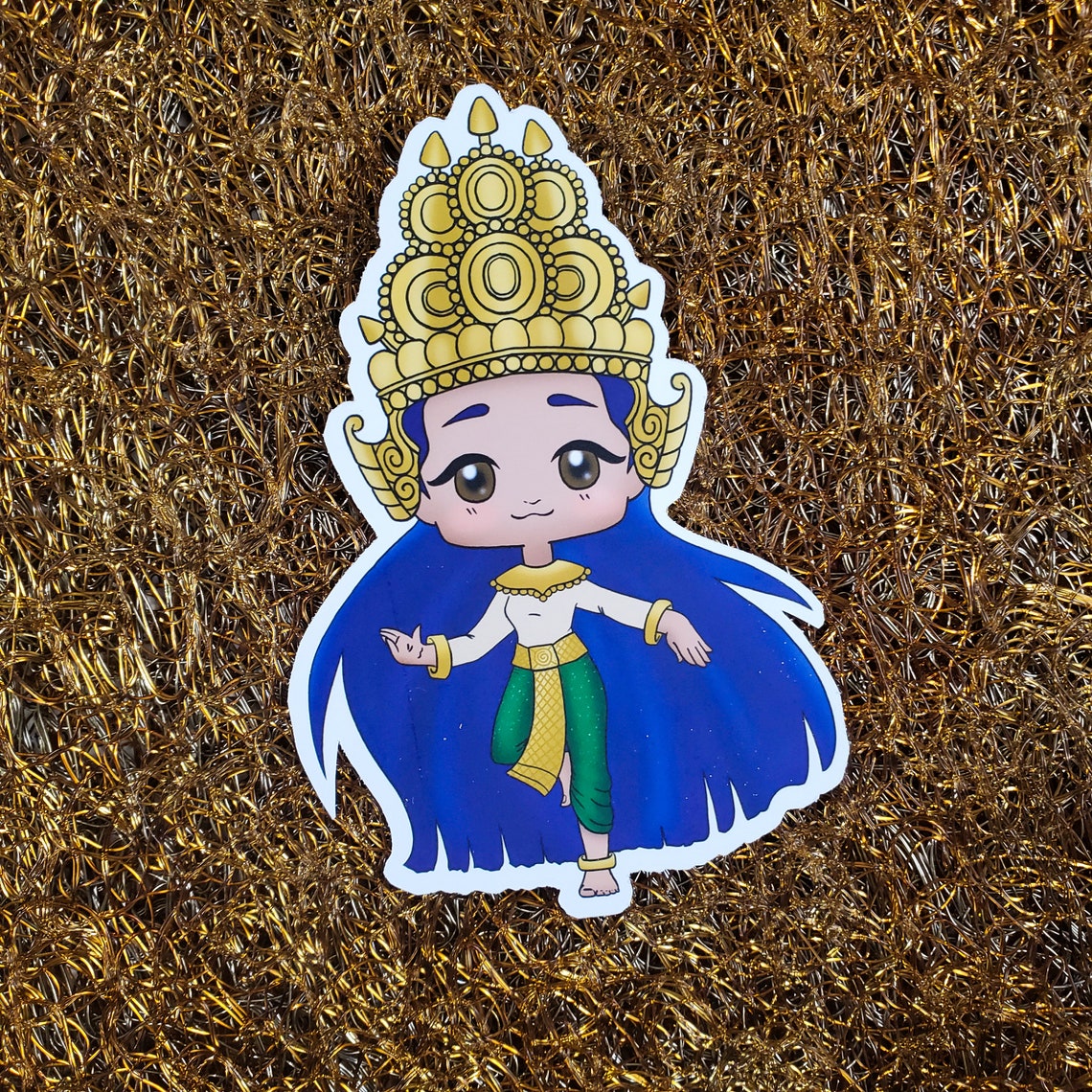
5) The swastika is India’s version of one of humanity’s most enduring, ancient symbols For Jains, the swastika is the symbol of the seventh tirthankara (literally “ford-maker,” one of the liberated souls showing the way for others in the Jain tradition), with the arms symbolizing one of the four places a soul can be reborn in the cycle of birth and death. 4) Other faith traditions originating in India also regularly use the swastika, with similar auspicious meaningįor Buddhists, the swastika signifies the Buddha’s footprints and heart. The limbs are also interpreted as representing the four seasons, the four directions, and the four yugas, or epochs (Satya, Treta, Dvapara, Kali). They can be thought of as the four goals of life: Dharma, Artha, Kama, Moksha (right action, worldly prosperity, worldly enjoyment, and spiritual liberation). They can be interpreted as the four Vedas (Rig, Yajur, Sama, Atharva), the core Hindu scriptures. 3) There are a variety of symbolic meanings associated with the limbs of the swastika in Hinduism

Often, the swastika is created by artfully arranging diyas (clay lamps). 2) Many Hindus adorn the threshold of the front entrance to their homes with the swastikaĮspecially during Diwali, this year on October 30, they may wash away old swastikas and reapply them, or include them as part of their rangoli (a traditional art form using dyed powders, rice and grains, or flowers to decorate the ground of courtyards). Popularly, this gets translated as ‘all is well.’ The swastika is thus understood to be a symbol of auspiciousness and good fortune, and is regularly donned on Hindu homes, businesses, printed materials, cars, temples, and ashrams. 1) In Sanskrit, the word swastika is a combination of ‘su’ (meaning ‘good’) and ‘asti’ (meaning ‘to exist’)


 0 kommentar(er)
0 kommentar(er)
